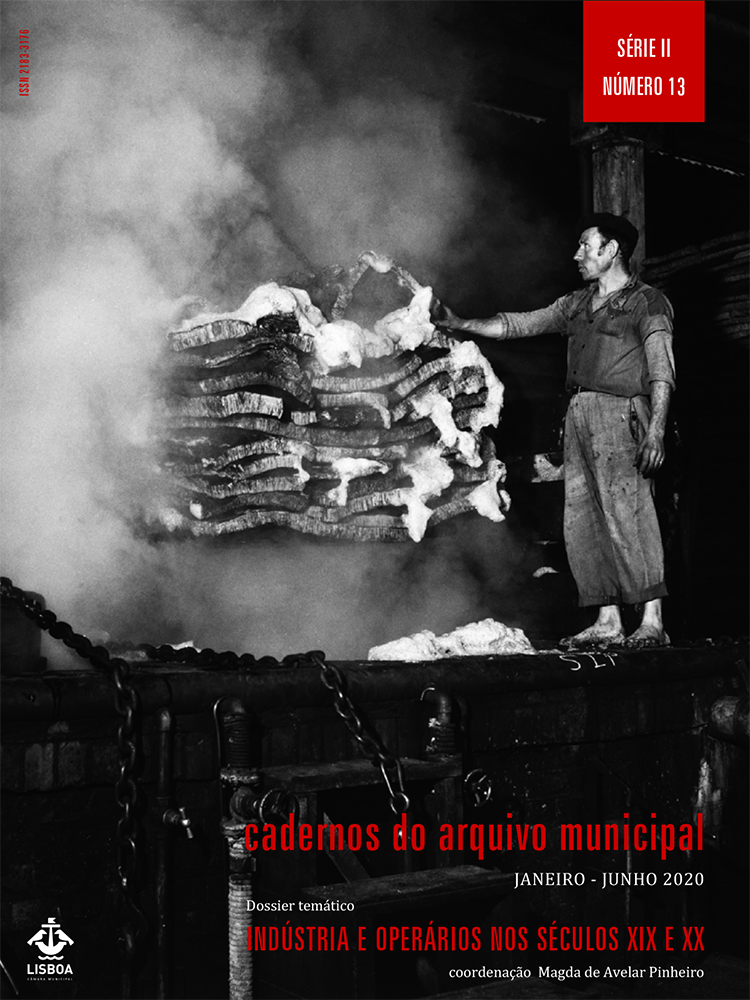Workers’ housing in Lisbon in the second half of the nineteenth century
DOI:
https://doi.org/10.48751/CAM-2020-13104Keywords:
Housing, Urbanity, Zoning, WorkersAbstract
During the second half of the nineteenth century, the epidemics that plagued Lisbon and the installation of factories in the peripheral areas of the city attracting labor, led to the change in the way of inhabiting the capital. While the population of the middle and upper classes feared to be affected by diseases that attributed the lack of health conditions in poor neighborhoods, newcomers settled in the vicinity of workplaces, sprawling areas of unhealthy habitat and creating new ones. The response of public authorities and in particular the municipality, through new laws, health regulations and urban expansion plans of the city, will change relationship between its inhabitants, creating zoning areas by social levels, and deepening the differences between the base of the social pyramid and the middle class.
Downloads
Downloads
Published
How to Cite
Issue
Section
License
Copyright (c) 2020 Clara Vieira

This work is licensed under a Creative Commons Attribution-NonCommercial 4.0 International License.
The authors retain copyright and grant the journal the right of first publication, with the work simultaneously licensed under the Creative Commons Attribution License CC BY-NC 4.0 which allows sharing and adapting the text as long as its authorship is correctly attribbuted with recognition of the initial publication in this journal.









